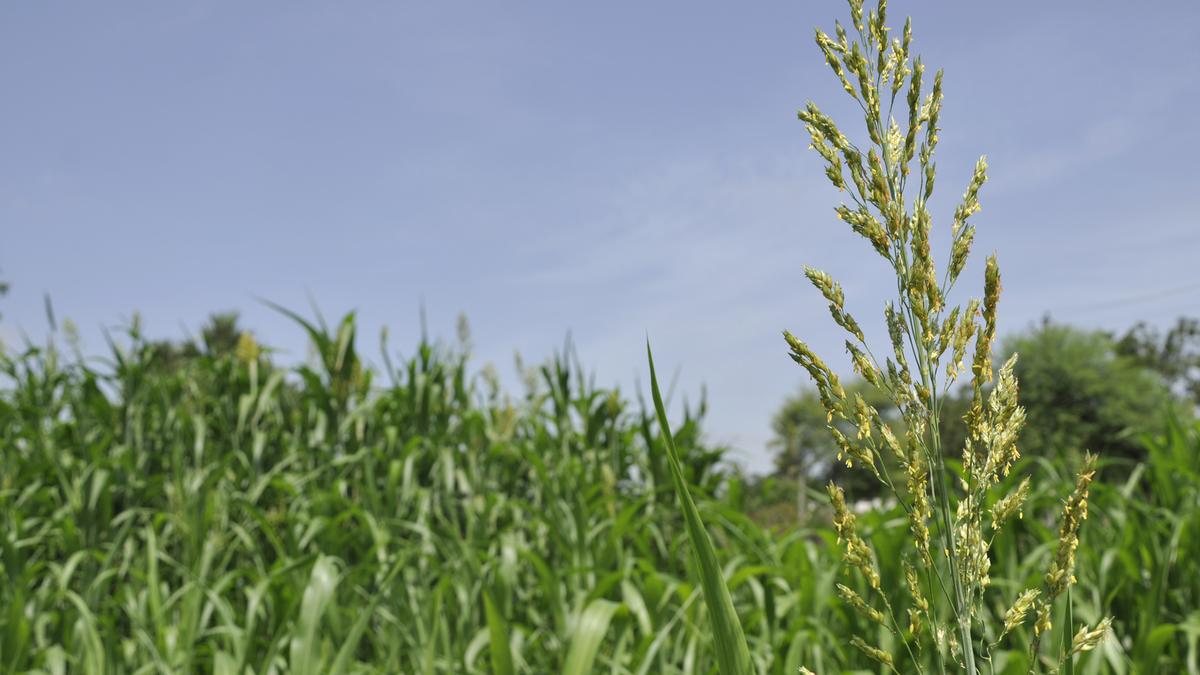Now Reading: Scientists Discover Gene to Prevent Rice Breakage in Milling
-
01
Scientists Discover Gene to Prevent Rice Breakage in Milling
Scientists Discover Gene to Prevent Rice Breakage in Milling

Quick Summary
- Rice, a staple food for over half of the world’s population, undergoes milling to remove its husk and bran. Chalkiness in rice reduces grain quality and commercial recovery during this process.
- Chalky rice grains are brittle with opaque sections but show no change in taste or aroma upon cooking.
- The chalkiness is linked to environmental factors and genetic traits, making it complex to control.
- Researchers at the agricultural College of Yangzhou University identified a gene named Chalk9 on chromosome 9 that influences chalkiness across rice varieties.
- The Chalk9 gene activates protein ubiquitination using enzymes that degrade another protein called OsEBP89. OsEBP89 regulates starch synthesis genes like Wx (amylose production) and SSP (storage proteins).
- Destruction of OsEBP89 leads to reduced starch accumulation, resulting in translucent grains with better milling quality. Excessive activity of OsEBP89 leads to high chalkiness levels.
- Ancient analysis revealed breeding programs have unintentionally selected for low-chalkiness variants (Chalk9-L) since the 1990s, improving grain quality.
Indian Opinion Analysis
The revelation of the Chalk9 gene marks notable progress in agricultural science and is poised to impact India’s role as a global leader in rice production. With India being one of the largest producers and consumers of rice globally, grain quality improvements achieved through targeted genetic modification could enhance productivity while preserving environmental resources.
For farmers reliant on high yields for economic stability,integrating low-chalkiness variants (Chalk9-L) into breeding programs offers potential solutions against post-harvest losses due to broken grains during milling. Additionally, such advancements align with broader sustainability objectives by reducing resource expenditure associated with rejected or damaged crops.
From an industrial perspective, these findings could streamline milling processes in India’s vast agro-industrial complexes by increasing efficiency while catering better-quality produce for international markets. leveraging genetics responsibly further strengthens India’s agricultural resilience amid growing food security challenges across both local populations and export demands.
























